Html Tutorial
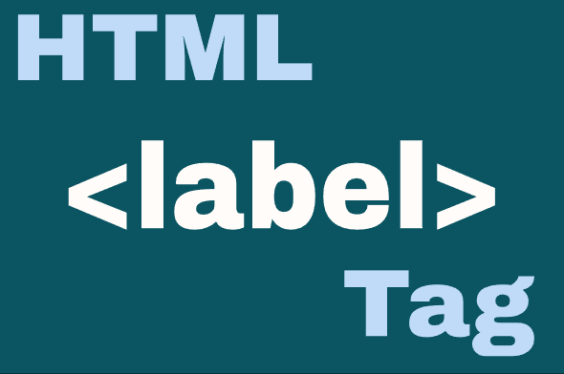
HTML <label> Element
The <label> element is a crucial HTML tag that improves form accessibility and usability. It creates a caption for...
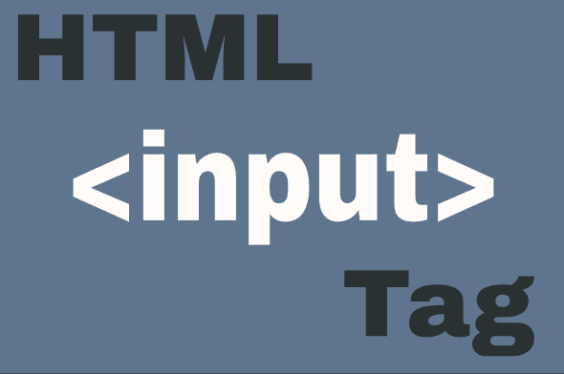
HTML <input> Element
The <input> element is one of the most powerful and versatile form elements in HTML. It allows users to enter data...
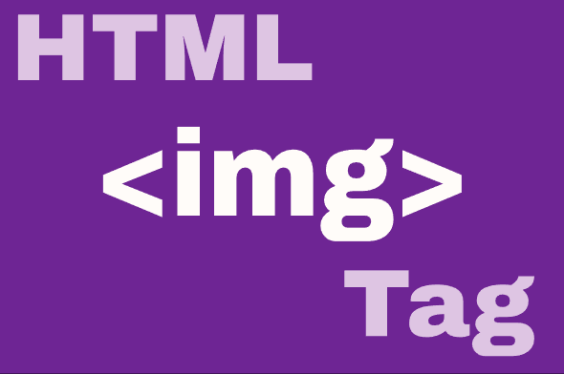
HTML <img> Element
The <img> element is one of the most fundamental and widely used HTML elements. It embeds an image into a web page...
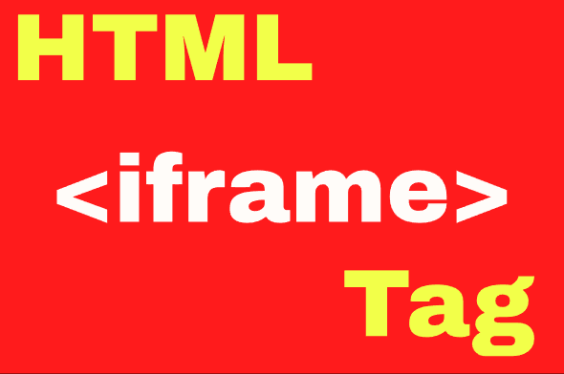
HTML <iframe> Element
The HTML <iframe> (Inline Frame) element embeds another HTML page within the current document. It creates a nested...
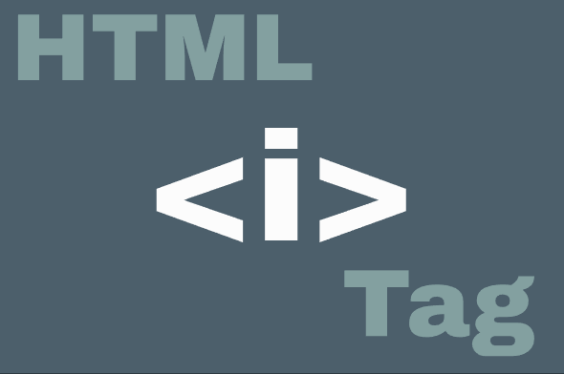
HTML <i> Element
The HTML <i> element represents a range of text that is set off from the normal text for some reason. The content ...
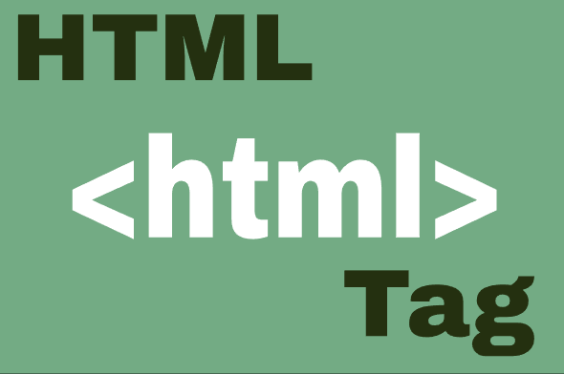
<HTML> Tag Element
The HTML <html> Element The <html> element is the root container that wraps all content on an HTML page...
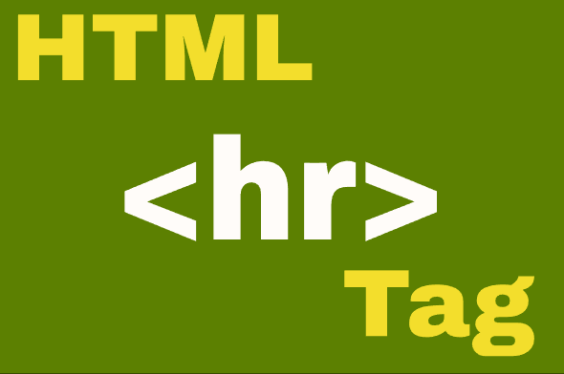
HTML <hr> Element
The <hr> element, which stands for "horizontal rule", is used to create a thematic break or divider between sectio...
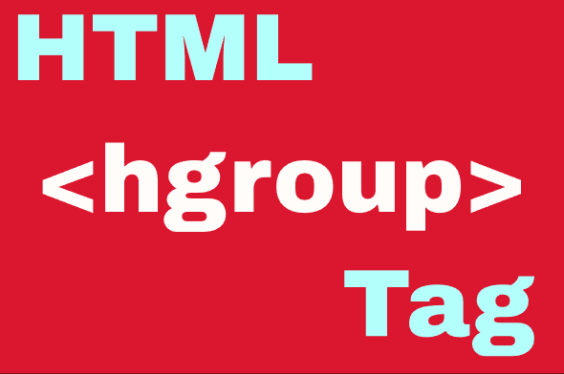
HTML <hgroup> Element
The <hgroup> element is used to group a set of heading elements (<h1> to <h6>) when you have multiple ...
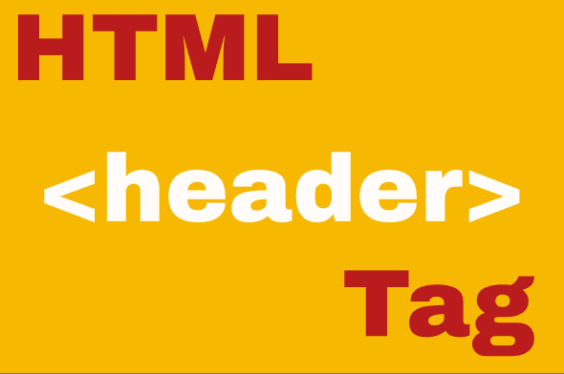
HTML <header> Element
The <header> element represents introductory content for its nearest ancestor sectioning content or sectioning roo...
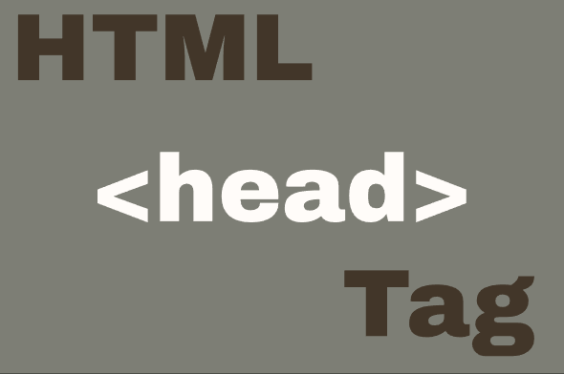
HTML <head> Element
The <head> Element: Your HTML Document's Control Center The <head> element is a crucial part of any HTML do...
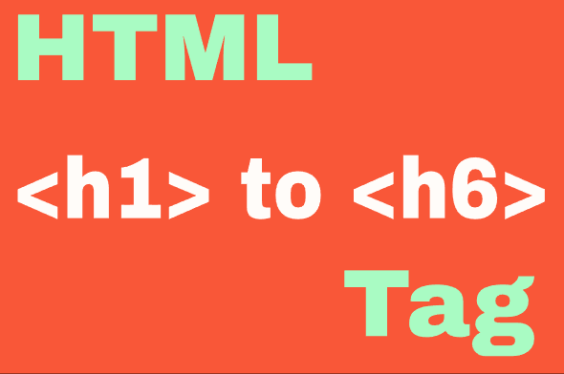
HTML <h1> to <h6> Element
HTML heading elements are used to define headings and subheadings on a webpage. They create a hierarchical structure for...
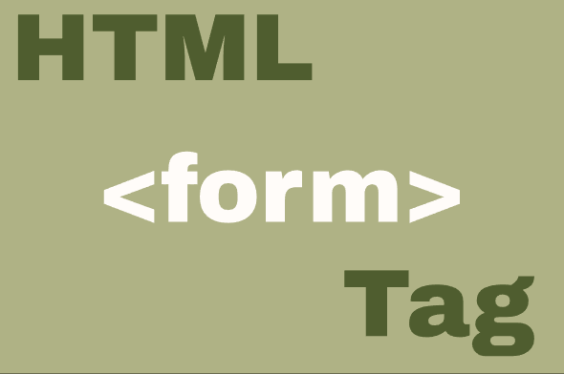
HTML <form> Element
The <form> element is one of the most powerful and essential HTML elements for creating interactive web pages. It ...